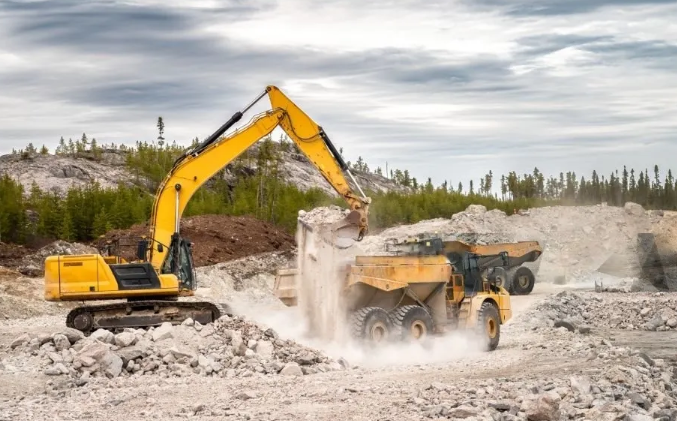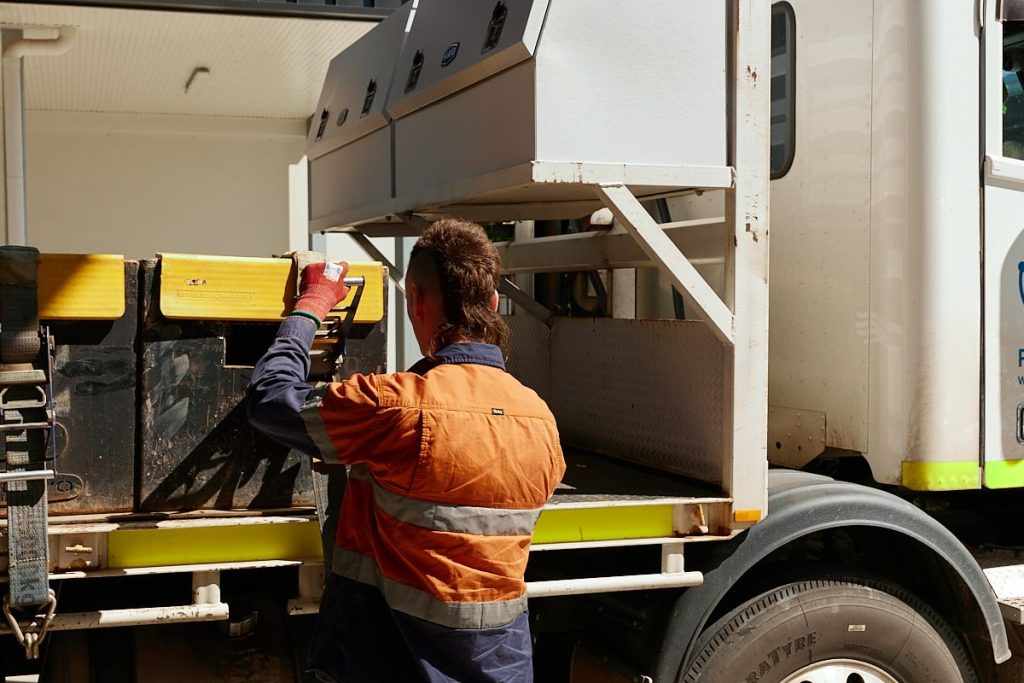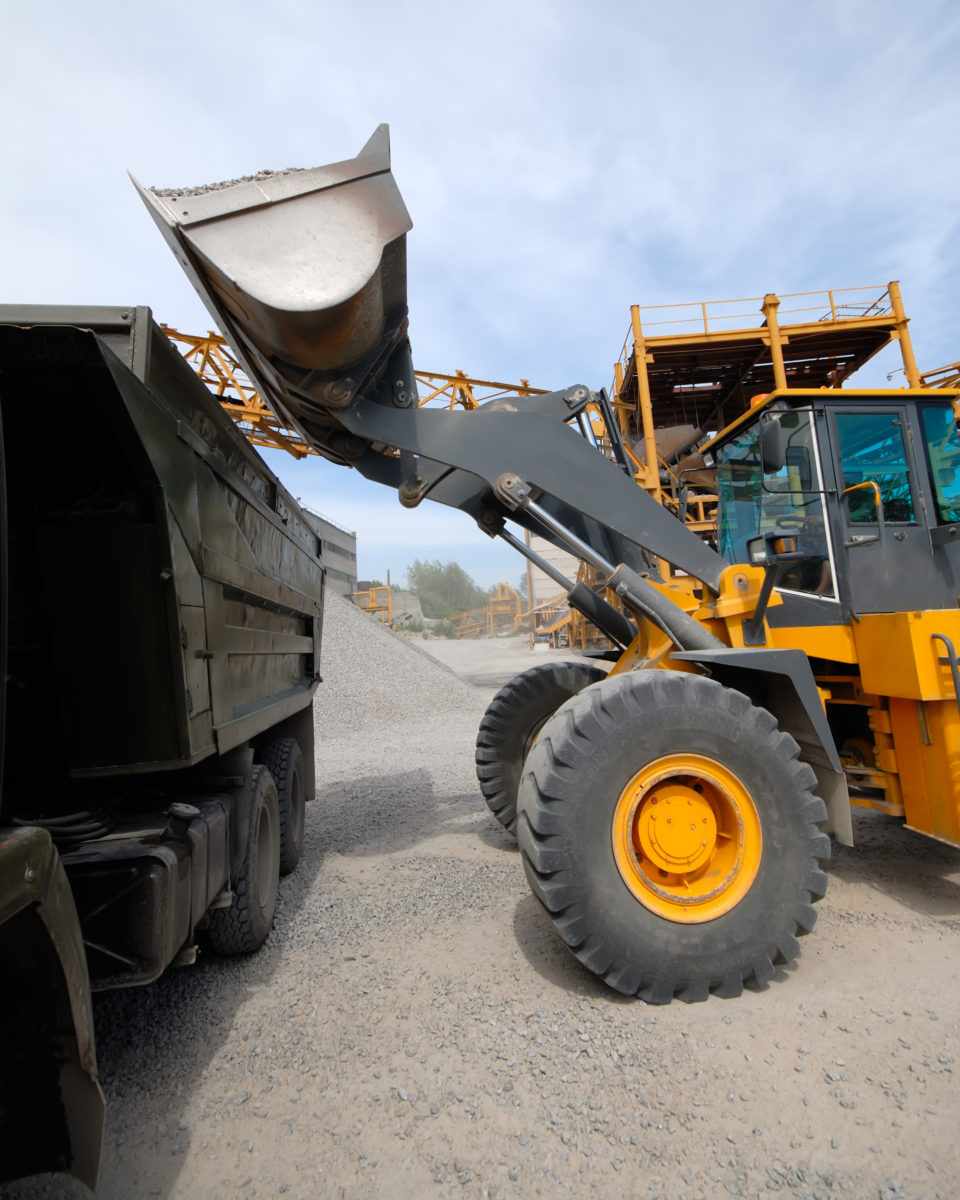
In today’s industrial landscape, the demand for real-time data, efficiency, and reliable monitoring has never been higher. Companies across mining, oil and gas, utilities, agriculture, and water management sectors are constantly seeking advanced technologies to track equipment performance, environmental conditions, and operational safety. One of the most effective tools enabling this transformation is the remote telemetry unit (RTU).
A remote telemetry unit is a rugged, intelligent device designed to collect data from sensors, instruments, or machinery in the field and transmit it to a central control system. These units allow operators to monitor remote sites without the need for manual inspections, reducing downtime and improving overall productivity. In this blog, we’ll explore how RTUs work, their benefits, and why they are essential for industrial monitoring.
What Is a Remote Telemetry Unit?
A remote telemetry unit is essentially a small computer with communication capabilities. It gathers data from various input devices—such as pressure sensors, flow meters, temperature gauges, or environmental monitors—and transmits the information to a supervisory system, often through cellular, satellite, or radio networks.
RTUs are designed to function reliably in harsh environments, making them a popular choice for industries where equipment is spread across vast or difficult-to-access areas. Whether monitoring a mining conveyor belt, a water treatment plant, or a pipeline, these units ensure operators stay connected to critical processes at all times.
Key Benefits of Remote Telemetry Units
Real-Time Monitoring
RTUs provide constant access to operational data, helping operators detect anomalies, inefficiencies, or failures immediately. This minimizes downtime and reduces costly maintenance delays.Cost Savings
By eliminating the need for frequent on-site inspections, businesses save on travel and labor costs. Automated data collection and transmission also reduce human error.Scalability
Modern remote telemetry unit solutions can be integrated into larger SCADA (Supervisory Control and Data Acquisition) systems, allowing organizations to scale monitoring as their operations expand.Improved Safety
Remote monitoring reduces the need for personnel to enter hazardous or remote environments. This lowers the risk of accidents and ensures compliance with workplace safety standards.Data Accuracy and Analysis
RTUs provide precise, real-time measurements that can be stored, analyzed, and used to improve decision-making. Over time, this data enables predictive maintenance strategies and efficiency improvements.
Applications Across Industries
The versatility of a remote telemetry unit makes it indispensable in multiple sectors:
Mining: RTUs monitor conveyor belts, ventilation systems, fuel consumption, and machinery health, ensuring uninterrupted operations.
Oil & Gas: Pipeline pressure, flow rates, and leak detection are tracked in real time, minimizing environmental risks and ensuring compliance.
Water & Wastewater Management: Municipalities and industries use RTUs to monitor reservoir levels, pump stations, and treatment processes, ensuring a reliable supply and efficient water usage.
Utilities & Energy: RTUs enable smart grid applications, such as monitoring substations, transformers, and renewable energy sources like solar and wind farms.
Agriculture: Precision farming benefits from RTUs by monitoring soil moisture, weather conditions, and irrigation systems, optimizing crop yields.
Features to Look for in a Remote Telemetry Unit
When selecting the right remote telemetry unit for industrial applications, consider these key features:
Rugged Design: Units must withstand extreme temperatures, dust, humidity, and vibration.
Flexible Communication Options: Support for cellular, satellite, radio, or Ethernet ensures connectivity even in remote locations.
Low Power Consumption: Battery-efficient models are critical for solar-powered or off-grid operations.
Integration Capability: Compatibility with SCADA and IoT platforms allows for seamless data sharing and control.
Scalable Inputs/Outputs: RTUs with multiple I/O channels offer flexibility for different types of sensors and equipment.
The Future of Remote Telemetry
As industries embrace digital transformation and the Industrial Internet of Things (IIoT), the role of the remote telemetry unit will continue to grow. With advancements in connectivity, cloud integration, and artificial intelligence, RTUs will become even more powerful tools for predictive maintenance, automation, and sustainable operations.
For example, AI-driven analytics can use RTU data to forecast equipment failures before they occur, enabling proactive repairs. Similarly, cloud-based systems allow managers to access critical operational insights from anywhere in the world. These developments ensure that RTUs remain a cornerstone of efficient and safe industrial monitoring.
Conclusion
A remote telemetry unit is more than just a data-gathering device—it is the backbone of modern industrial monitoring. By enabling real-time visibility, improving safety, and reducing operational costs, RTUs empower organizations to make smarter, faster decisions.
Whether you’re managing a mining site, an energy grid, or a water treatment facility, adopting advanced RTU solutions ensures your operations remain reliable, efficient, and future-ready. As industries evolve, investing in robust remote telemetry solutions is no longer an option—it’s a necessity.





Write a comment ...